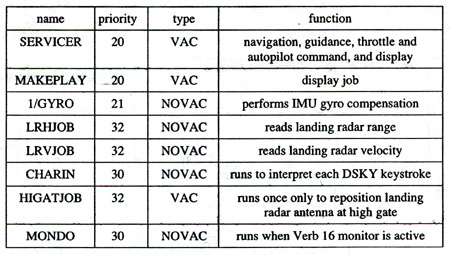
Internet Rocket Scientist, Gamer, Astronomer, Dad, Scotsman, Pilot. Makes videos about space and science https://t.co/mLfUsogKq5
How to get URL link on X (Twitter) App










 I suspect that there was a mismatch in the modulus of compression between the end caps and carbon fiber, and that would put extra force on that join. This was what the US Navy Labs papers discussed when they tested to failure with steel end caps.
I suspect that there was a mismatch in the modulus of compression between the end caps and carbon fiber, and that would put extra force on that join. This was what the US Navy Labs papers discussed when they tested to failure with steel end caps.


 One fuel sample showed a small amount of water.
One fuel sample showed a small amount of water. 

 Secondly, the core of the vehicle is the propulsion, and two propellent tanks. These are mounted inline because it makes for the lightest design, the propellent tanks are different sizes and masses so putting them side by side makes balancing more complex.
Secondly, the core of the vehicle is the propulsion, and two propellent tanks. These are mounted inline because it makes for the lightest design, the propellent tanks are different sizes and masses so putting them side by side makes balancing more complex. 

 The black shield with silver spots references a graphite moderated reactor with silver uranium rods, and the inverted triangle with Red and yellow bolts shows the energy released.
The black shield with silver spots references a graphite moderated reactor with silver uranium rods, and the inverted triangle with Red and yellow bolts shows the energy released. 


 Thisis an overview of the descent plan, and a screen grab of a presentation showing the actual timeline. For the first 624 seconds the spacecraft is performing rough braking with full thrust from all the engines. This phase operated correctly with no problems.
Thisis an overview of the descent plan, and a screen grab of a presentation showing the actual timeline. For the first 624 seconds the spacecraft is performing rough braking with full thrust from all the engines. This phase operated correctly with no problems. 



 It was well suited to studying the Messier objects, but without astrophotography the records we have are sketches - here’s M51.
It was well suited to studying the Messier objects, but without astrophotography the records we have are sketches - here’s M51.



https://twitter.com/forbes/status/1402388019420741633As the sun evolves it’s slowly getting hotter. This is much slower than the current rapid increase due to anthropogenic CO2, but we can fix that problem. The sun’s evolution on the other hand is not something we can change. So one possible solution is to move the earth.


 Back in 2011 STS-43 carried a mac portable, one of its functions was to evaluate using pointing devices (mice/trackballs/joysticks) in zero G. The machine had one Megabyte of RAM can cost $7,300
Back in 2011 STS-43 carried a mac portable, one of its functions was to evaluate using pointing devices (mice/trackballs/joysticks) in zero G. The machine had one Megabyte of RAM can cost $7,300 



 Beyond that it’s mostly been moved around to make room for other operations:
Beyond that it’s mostly been moved around to make room for other operations:

 The ULA would be a chip populated with an array of logic gates laid out in a standard pattern, customers could add a custom interconnect layer to the chip to make it do useful stuff with those gates. It was easier than designing a completely new chip.
The ULA would be a chip populated with an array of logic gates laid out in a standard pattern, customers could add a custom interconnect layer to the chip to make it do useful stuff with those gates. It was easier than designing a completely new chip. 